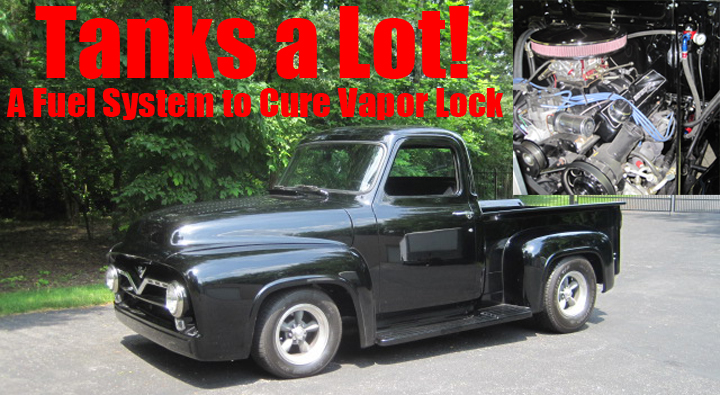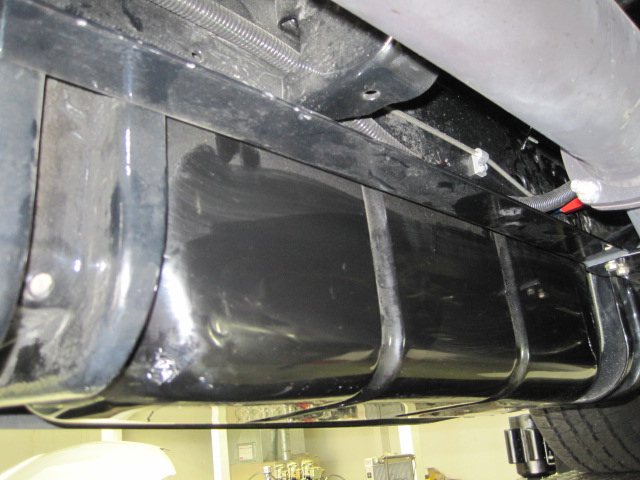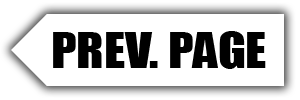
Hot rods, no matter how bitchin’ they look or how good they sound idling in the driveway, just aren’t much fun if they aren’t reliable and drivable enough for cruise night at the local drive-in, a short road trip or a lap to the local dragstrip for a night of test, tune and tire smoking. What’s the use of having one if you can’t drive it?
Having a hot rod that only ran part time and trying to figure out why was the dilemma nitro racer Paul Romine faced with his classic 1955 Ford F-100 pickup. Romine had problems driving his hot rod from the first time he drove it.
  |
| The stock fuel tank on Romine’s Ford truck is mounted in the side of the frame rails. When he installed an aftermarket fuel pump he mounted it as low as he could but it was still too high to be gravity fed by the tank. |
“I’d drive the truck eight or ten miles and the engine would just quit,” Romine said. “I’d coast over to the side of the road and start trouble-shooting but I never could determine why the engine quit running. I’d sit by the side of the road for 30-45 minutes and then the engine would fire right up and run.”
It was so frustrating that Romine eventually quit driving the truck.
Almost any hot rodder who has sat on the side of the road in hot weather with an engine had been running fine then had the engine start missing, running out of power and then just quit altogether has blamed it on a bad fuel pump or even several "bad" fuel pumps -- only to discover after spending a lot of time and money that the problem wasn’t the pump but a fuel delivery problem known as “vapor lock.”
That problem often seems to happen when a stock gas tank and remote fuel pump is involved -- if they had a remote-mounted fuel pump, how it got fuel and where it was mounted in relation to the gas tank. And as it turns out, those two components contributed to Romine’s engine problems.


